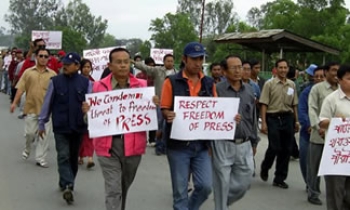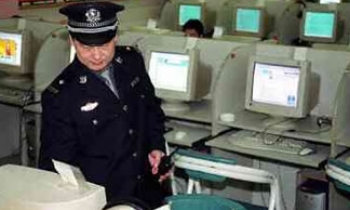The Indian market is "the new theater of strategic investment," the chief executive of Independent News & Media, Tony O'Reilly, declared last month after the Indian government had approved his bid to buy a stake in one of the nation's leading newspaper groups.
His company, the owner of the British newspapers The Independent and Independent on Sunday and of The Belfast Telegraph, paid $34 million for a 26 percent stake in Jagran Prakashan, a Hindi-language daily publisher and television broadcaster.
O'Reilly's confidence is echoed in other foreign investment in the Indian media industry. The government's recent loosening of foreign investment rules in print and current affairs media has attracted a number of outsiders into India who are eager to capitalize on this growth.
"There has been a huge broadening in the market, both from strategic players and from private equity funds," said Anindya Roychowdhury, associate director of KPMG. "The economy is doing very well, and there is a lot of international excitement about the country. The feel-good factor is back in India."
Sunir Khetarpal at the Mumbai-based investment bank YesBank said that in the past 18 months, foreign interests had invested about $300 million in the Indian media industry, and he forecast a further $250 million in the near future.
"Things are looking brighter and brighter every month," he said. "Every announcement by the government in the last two years has been to deregulate the sector, making it more favorable to foreign investors."
In May, Reuters entered into an agreement with Bennett, Coleman & Co., publisher of The Times of India newspaper, taking a 26 percent stake in a planned English-language TV news channel, which is expected to start this year.
Since foreign investment of up to 26 percent was permitted in 2002, several big international players have come into the Indian newspaper market, attracted by the country's flourishing consumer spending, rising advertising revenue and the large potential readership among the one-billion strong population.
Last June, Pearson's Financial Times paid $3 million for almost 14 percent of Business Standard, the country's second-largest business daily newspaper. Dow Jones last year started its own partnership with Bennett, Coleman to print The Asian Wall Street Journal; and Henderson Private Capital's Asia Fund, a private equity fund, recently bought a $20 million stake in The Hindustan Times.
India's entertainment industry has never been subject to the same regulations as the print and news sectors, and big multinational companies like News Corp. have had a strong presence since the early 1990s. With soaring box office revenue, smaller foreign investors are racing now to buy into the growing multiplex theater business.









